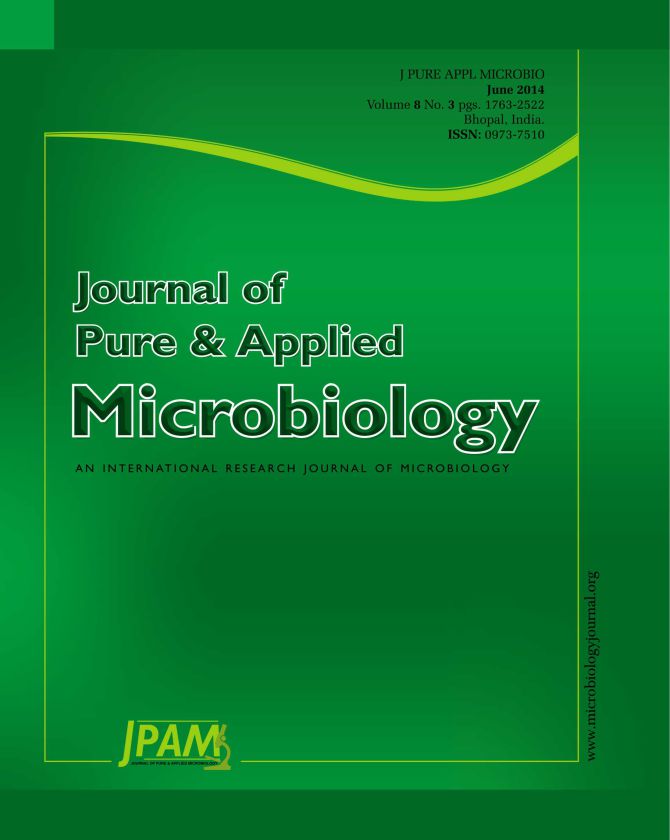Euonymus spp. (L.) are of the most important ornamental plants. Fungal plant pathogens of ornamental plants are the most important factors causing damage. Two pathogenic fungal species were isolated from naturally infected Euonymus species and identified. In order to isolate the fungus from disease tissues, the obtained samples were cultured on potato dextrose agar medium. Isolates were cultured due to sporulation on water agar medium. Morphological characters of isolates were studied in order to identify the taxonomy. According to the results, isolates were belonged to Alternaria alternata (Fries) Keissler, and A. tennuissima (Kunze ex Pers.) Wiltshire. Pathogenicity test of isolates was done in desiccators, and revealed the pathogenicity level of the species and their ability to cause leaf blight on Euonymus spp.. This reaction occurred as complete random design (CRD) with 8 treatment and 3 replications. Based on the variance analysis table of the evaluation of disease rating, the studied Euonymus spp. showed no significant reactions to Alternaria alternata and A. tenuissima. But based on the sizes and types of the spots appeared on the Euonymus spp. and Horsfall-Barratt system, plants were more affected by the Alternaria alternata compared with A. tenuissima, and its disease rating was higher and plants showed less tolerance.
fungi, Euonymus spp., Pathogenicity
© The Author(s) 2014. Open Access. This article is distributed under the terms of the Creative Commons Attribution 4.0 International License which permits unrestricted use, sharing, distribution, and reproduction in any medium, provided you give appropriate credit to the original author(s) and the source, provide a link to the Creative Commons license, and indicate if changes were made.


